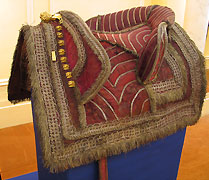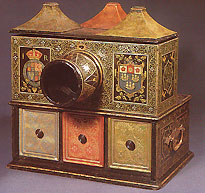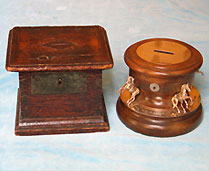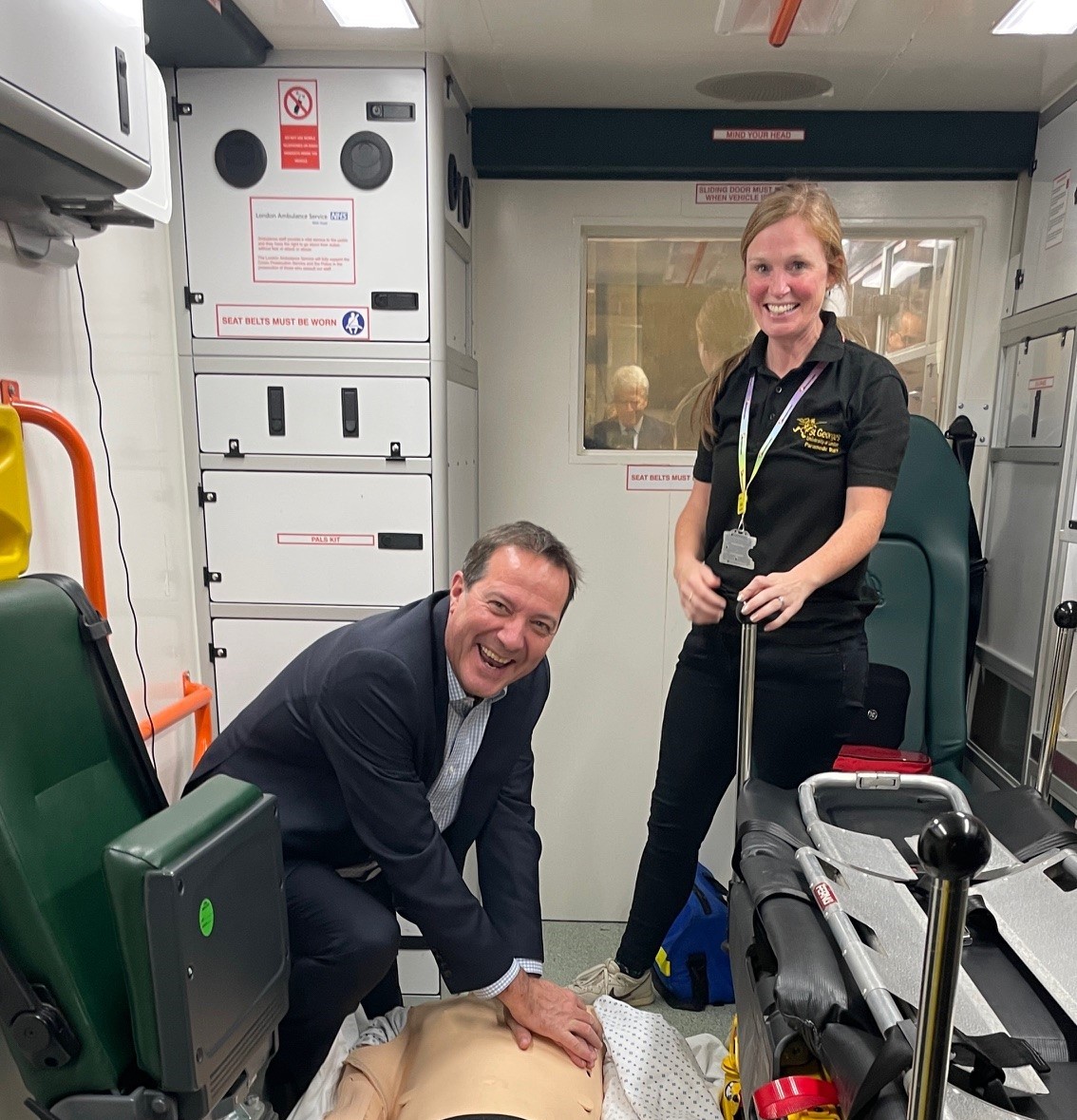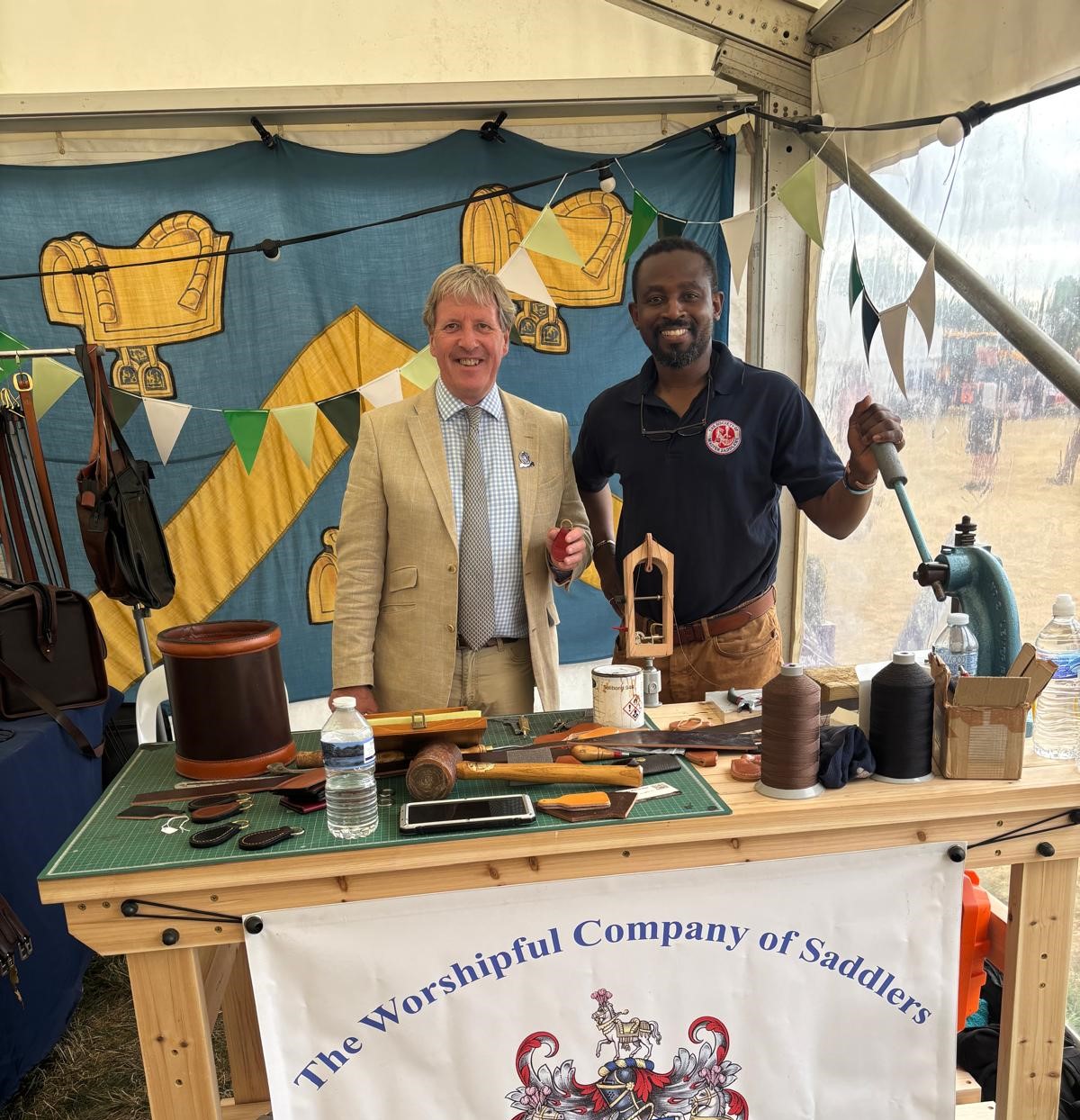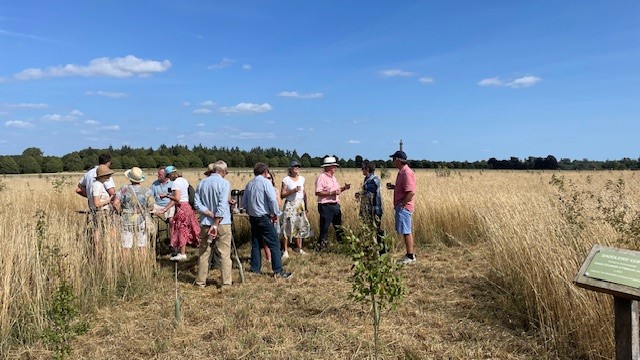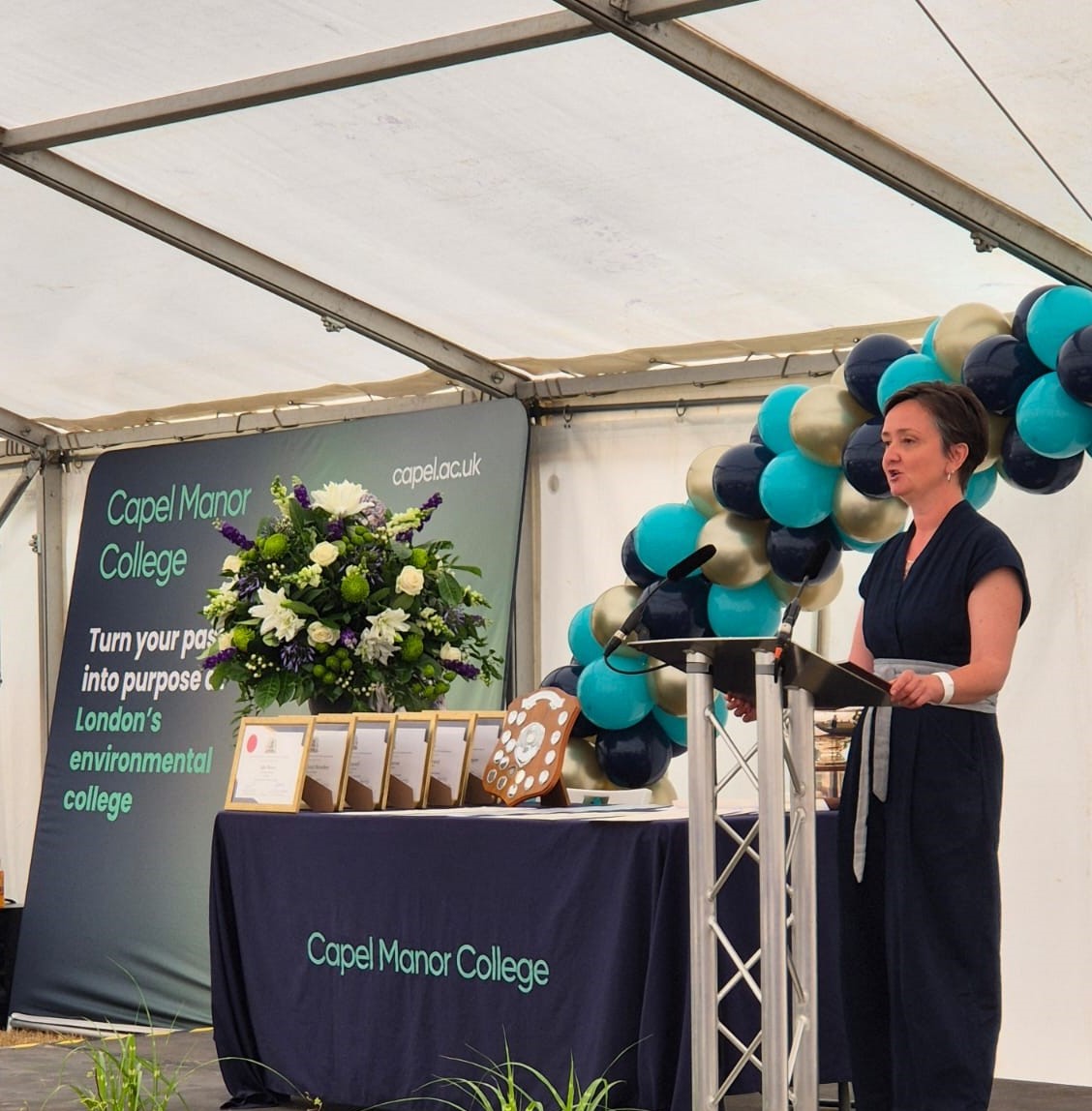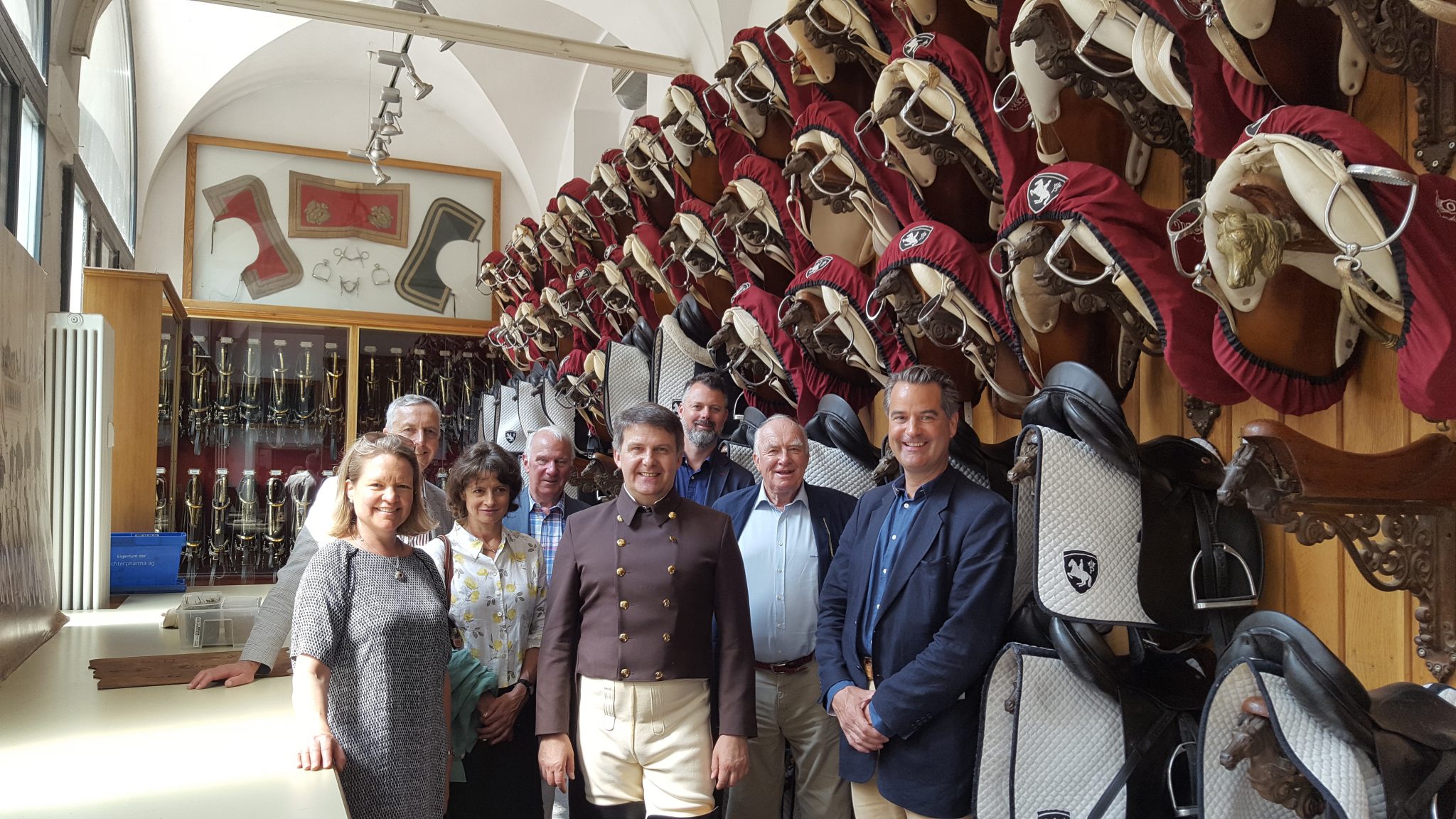History of the Worshipful Company of Saddlers
The Worshipful Company of Saddlers is one of the very oldest of the City of London Livery companies, with the earliest surviving records of a Guild of Saddlers in London dating from circa 1160 AD.
The earliest known document which refers to the Saddlers of London is a scrap of parchment, dated between 1160 and 1193, which is stored in the library of Westminster Abbey. It records the details of an agreement between the church and the Guild of Saddlers. It has been claimed a Saddlers’ guild existed in Anglo-Saxon times, before the Norman Conquest, although there is no longer positive evidence to support this.
Royal Charters
Grants of Liberty and Letters Patent, giving the Guild authority over the saddlery trade, date from Edward I in 1272 (although no trace of that document remains) and Edward III in 1363, but the most significant Royal Grant was the Incorporation Charter of Richard II in 1395. Subsequent supplementary Royal Charters confirmed and amplified these.
Richard II’s charter recognised the Saddlers as a body corporate, with the right to hold land in mortmain (the grant of land to a corporate body with a perpetual existence, therefore not liable to succession dues). This laid the foundations of the Company’s prosperity. The first Saddlers’ Hall was built at the western end of Cheapside soon afterwards, as befitted a company which was ranked among the first twelve in 1351.
The granting of charters provided regulatory powers to the Livery Companies, who used them to control their trades and membership, which in turn afforded the Crown some stability in its dealings with the City. However the Crown also frequently used its grant of charters to raise money to fill its own coffers and to exert its control over the City and its Livery Companies. Thus when in 1684 Charles II decided to bring the City of London under his direct control, he ordered a surrender of its Charters, together with those of the Livery Companies, under a writ of Quo Warranto; and then issued new charters of his own.
The Saddlers’ Company received its replacement Charter in 1684. This was abrogated after the Glorious Revolution of 1688 and the 1607 Charter of James I was reinstated as the governing charter of the Company, until Her Majesty The Queen Elizabeth II granted her Charter to the Company in 1995.
Control of the Trade
In the early Middle Ages, the Master and Wardens acquired jurisdiction over all saddlers working within a two-mile radius of the City: apprenticeships, admissions to the Freedom, wages, working conditions and the quality of goods offered for sale (the latter controlled through the powers of ‘Search’ given to the Wardens in 1362) were among the most important matters which concerned the Court of Assistants, which exercised discipline among its members by fines or imprisonment for contravention of its ordinances and bye-laws.
Demarcation disputes with other guilds were not infrequent. On occasions these degenerated into conflict which led to rioting and the intervention of the City authorities, who executed summary justice on the offenders and imposed penalties on the erring guilds.
The guild system reached its zenith in London in the 16th Century. This was eroded thereafter by the custom of London which allowed any Freeman to follow any trade, regardless of his original calling, and by the improvements in the transport of goods, the decline of protection for monopolies and the inexorable advance of industrialisation.
The Saddlers’ plea to the Court of Common Council in the 18th Century for support for the Company’s rights over its trade went unheeded, and in the aftermath of the Reform Act of 1832 all restrictions on the exercise of trade within the City were abolished.
By then, however, much of the saddlery trade had migrated from the City to more favourable environments in general, and to Walsall in the West Midlands in particular. There the necessary materials were close at hand and in plentiful supply and the trade was uninhibited by outmoded guild regulations.
Struggle for Survival
The 19th Century saw the Saddlers’ Company wane in both influence and membership. Along with the Corporation and other Livery Companies, much of this period was spent in fending off attempts by radical reformers and liberal administrations to abolish the ancient institutions of the City of London, on the grounds that they were based on privilege and made no contribution to the community as a whole.
It was, as Wellington said of Waterloo, a damned close-run thing. Much credit for the survival of the Livery Companies as a whole is owed to Sir Richmond Cotton, Master of the Saddlers’ Company in 1880 and a subsequent Mayor of the City of London. However, it did inspire the Livery Companies to become both more outward looking and involved in projects such as the formation of the City & Guilds of London Institute and the Northampton Institute (now City University).
The Saddlers were among the founders of both of these educational enterprises and, by the beginning of the 20th Century, was again taking steps to benefit its own craft – this time on a national, rather than a local, basis.

